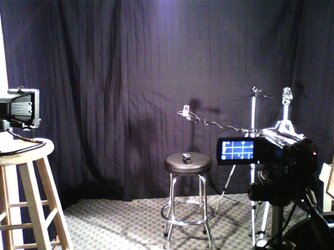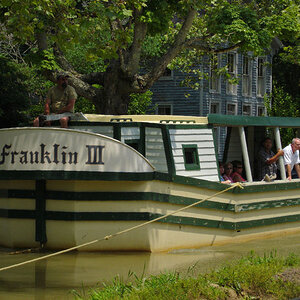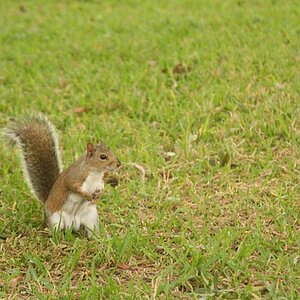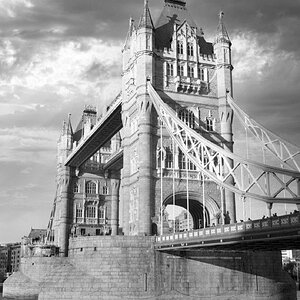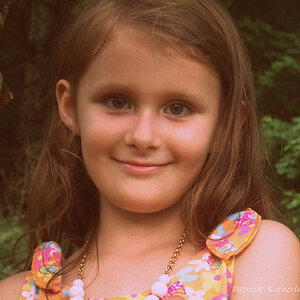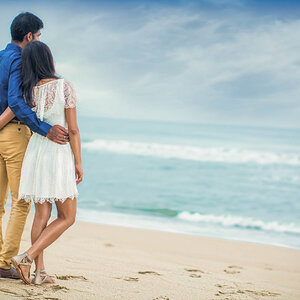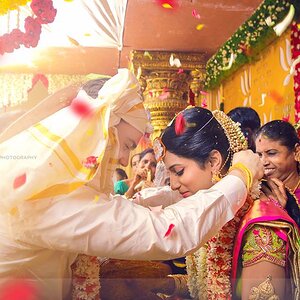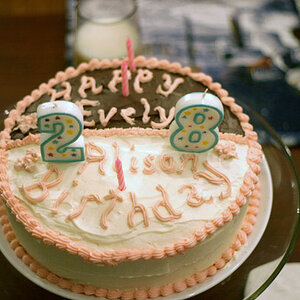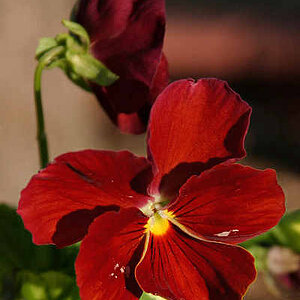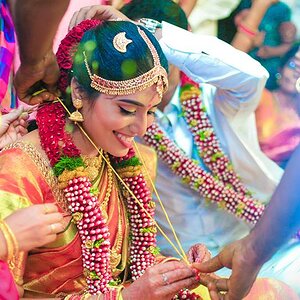Alzran
TPF Noob!
- Joined
- Mar 22, 2013
- Messages
- 61
- Reaction score
- 16
- Location
- United States
- Can others edit my Photos
- Photos OK to edit
So, I set up a little video studio in the hallway behind my college's IT department where I work, and I'm having an issue.
Normally when I'd work with lighting and a black backdrop in my dorm room, I'd just use a couple dingy lamps about two feet away from my face and a black sheet on the wall behind me. The results after color editing look like this:
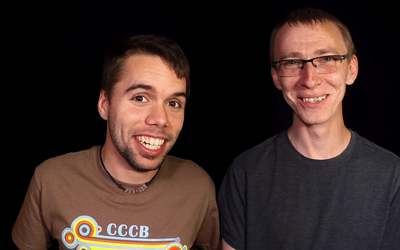
However, working with the studio I set up yesterday, I'm having an issue dropping the backdrop out of the picture, and I'm wondering if it could be because of too much lighting. Here's a quick before/after:
Before color/tone editing:
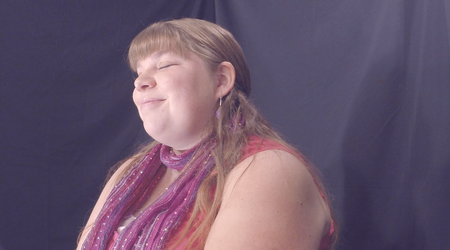
After color/tone editing:

Granted, it doesn't look terrible, but I'd really like to be able to drop it out completely. I don't pictures of my lighting setup but can get that to y'all tomorrow if you need to get an idea. I have four work lights in front of the subject (two from the ceiling, two from the floor), and one 60W lamp hanging above the subject's head to provide some contrast against the backdrop for their hair (nobody likes disappearing hair). If I darken it any more, the subject loses tone. I used GoPro Studio Professional (personal computer) to do these images here, but do have access to Premiere Pro CS6 and full Creative Cloud on my work computer if that may provide a way to drop that curtain out without darkening the subject.
I'm curious if it's possible to have TOO MUCH light when it comes to working with backdrops.
Normally when I'd work with lighting and a black backdrop in my dorm room, I'd just use a couple dingy lamps about two feet away from my face and a black sheet on the wall behind me. The results after color editing look like this:

However, working with the studio I set up yesterday, I'm having an issue dropping the backdrop out of the picture, and I'm wondering if it could be because of too much lighting. Here's a quick before/after:
Before color/tone editing:

After color/tone editing:

Granted, it doesn't look terrible, but I'd really like to be able to drop it out completely. I don't pictures of my lighting setup but can get that to y'all tomorrow if you need to get an idea. I have four work lights in front of the subject (two from the ceiling, two from the floor), and one 60W lamp hanging above the subject's head to provide some contrast against the backdrop for their hair (nobody likes disappearing hair). If I darken it any more, the subject loses tone. I used GoPro Studio Professional (personal computer) to do these images here, but do have access to Premiere Pro CS6 and full Creative Cloud on my work computer if that may provide a way to drop that curtain out without darkening the subject.
I'm curious if it's possible to have TOO MUCH light when it comes to working with backdrops.


